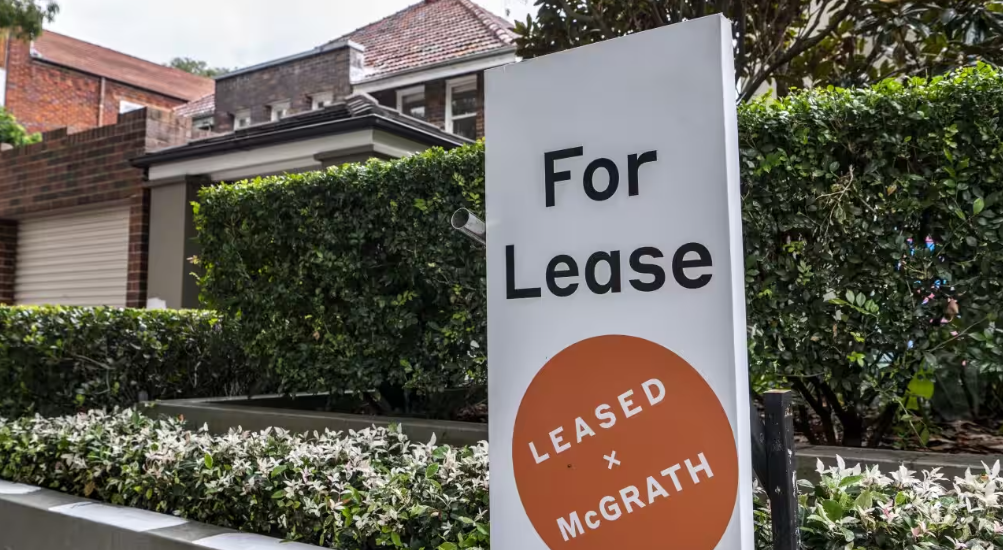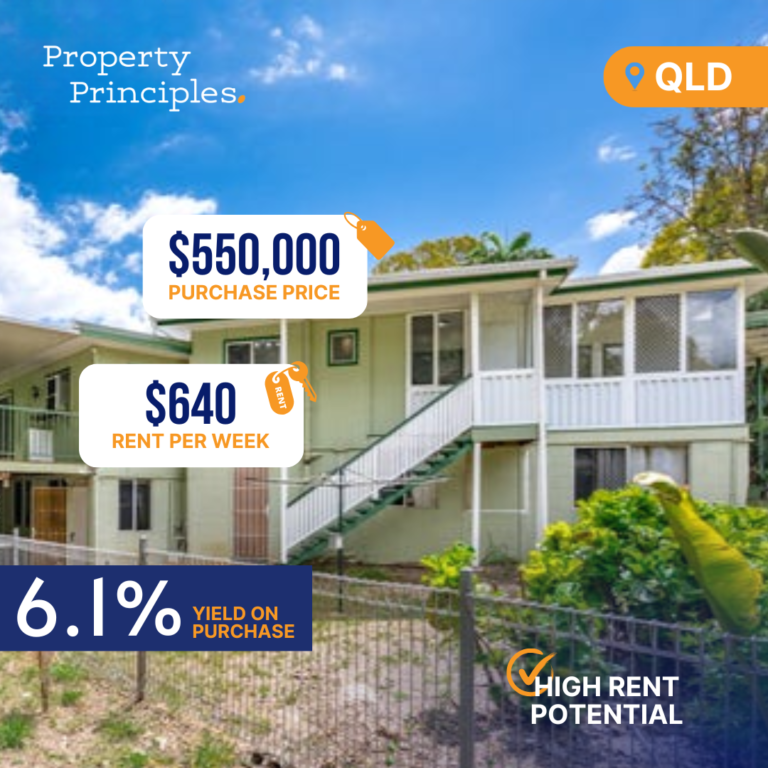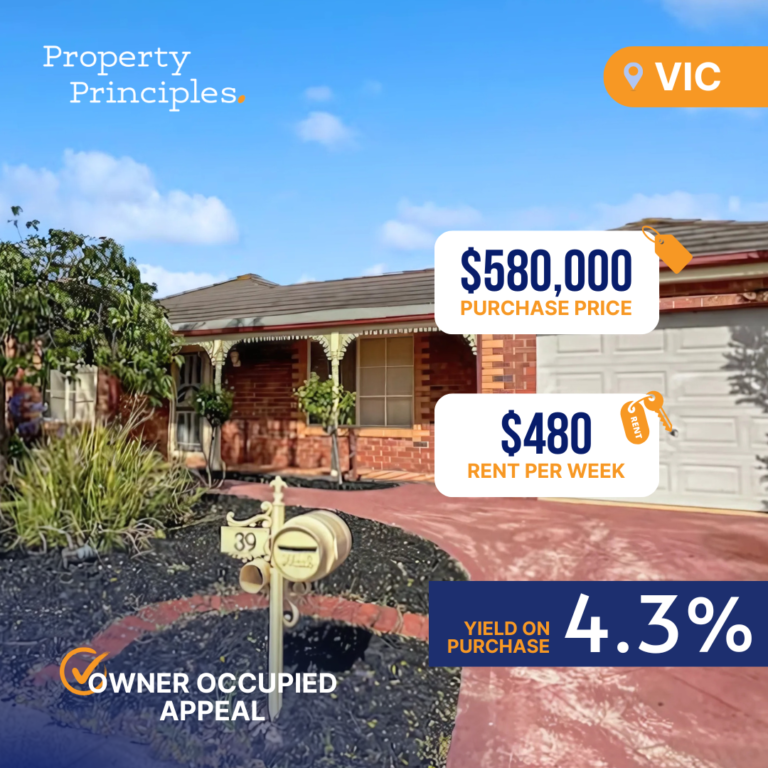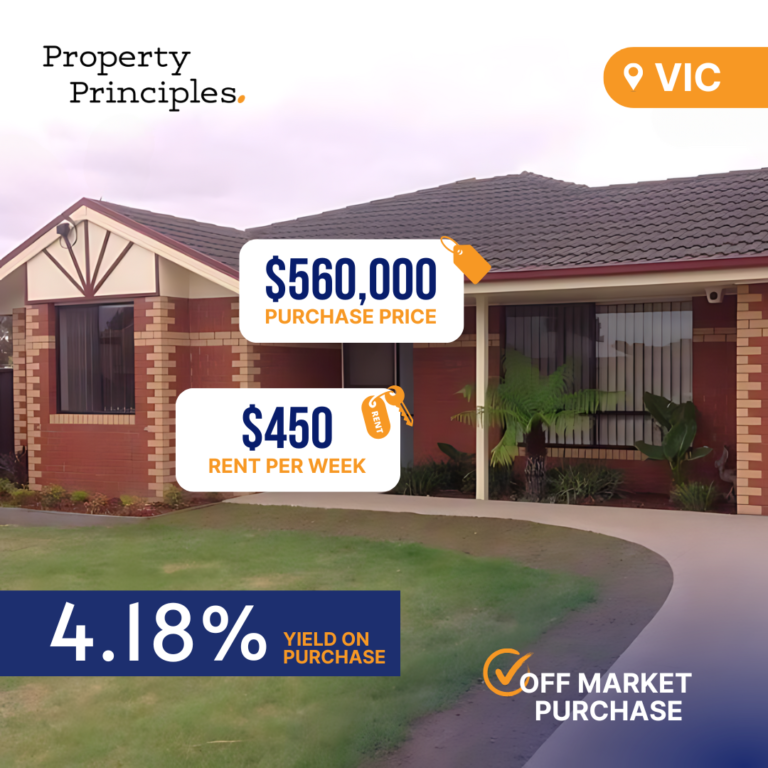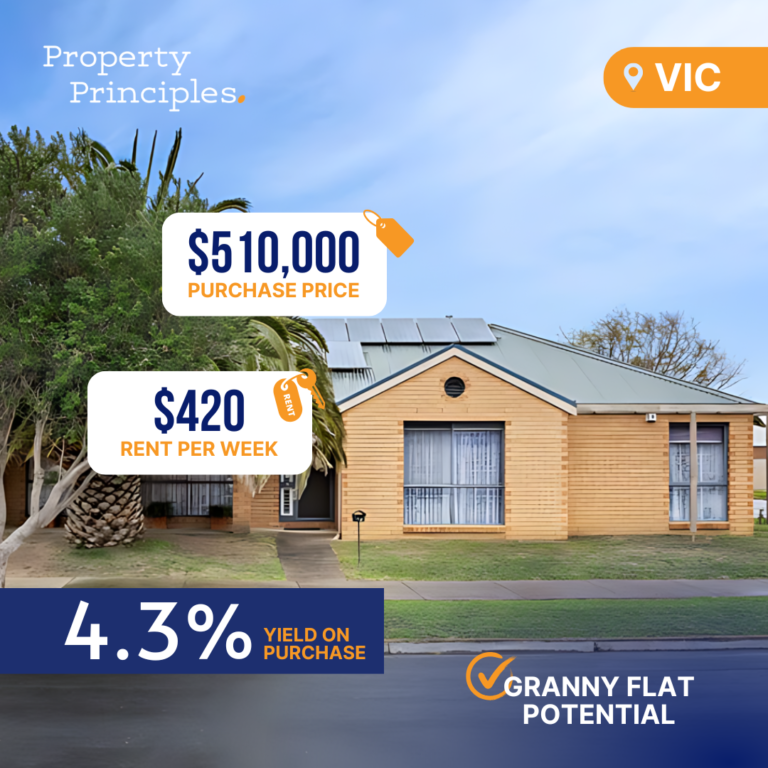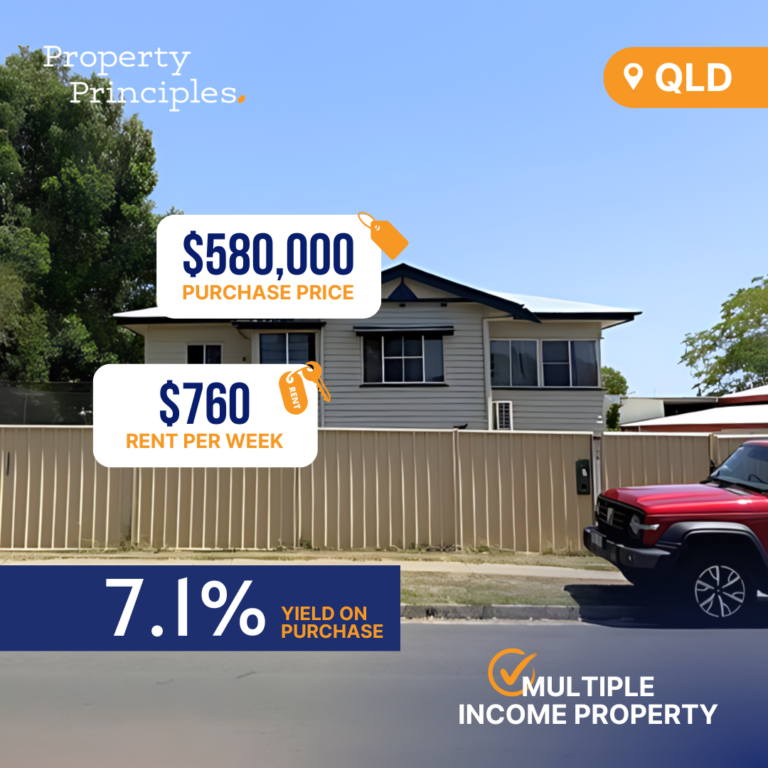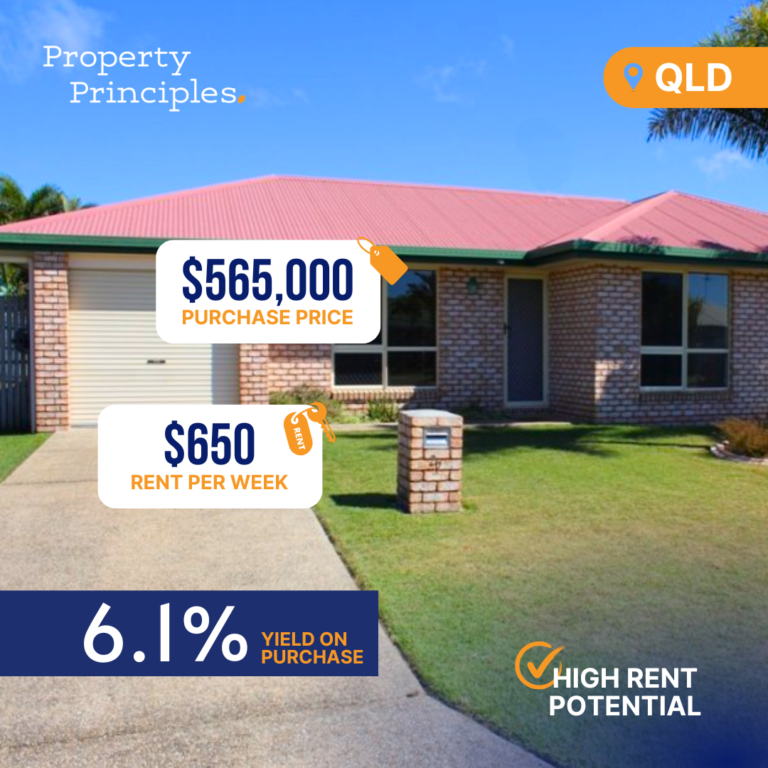The Albanese Government’s record immigration program has had a profound effect on Australia’s rental market. In the year leading up to March, the net overseas migration reached an all-time high of 454,300, contributing significantly to the nation’s population growth of 563,200. This surge in population growth has far outpaced predictions, with the June quarter national accounts estimating Australia’s population grew by a staggering 626,000 in the 2021-22 financial year.
As a result, rental vacancy rates have plummeted to record lows, and rental inflation has skyrocketed, as demonstrated by the chart provided by AMP’s chief economist, Shane Oliver. The situation looks set to worsen, as the nation’s population continues to grow at a much faster pace than new home construction.
Sadly, rather than addressing these pressing issues, the Albanese Government appears to be hiding the problem. The Community Affairs References Committee recently published its interim report on the rental crisis, but the report seems to downplay the role of the federal government’s extreme immigration policies. It cites a quote by the Per Capita think tank, which argues, “blaming the rental crisis on immigration does not stand up to scrutiny: net migration numbers are well below the 2009-2019 trend when rents were growing at a very low rate.” This statement is highly questionable when considering the recent undeniable surge in net overseas migration.
So, what does this mean for Australia’s rental market, and what can be done to rectify the situation? The first step for the Albanese Government should be to acknowledge the impact of its immigration program on housing supply and rental affordability. This could involve revisiting immigration policies and exploring ways to better manage population growth in a manner that is more sustainable for the housing market and the broader Australian economy.
Additionally, targeted policies and programs that focus on increasing the supply of affordable housing should be prioritized. This could include providing incentives for developers to build more low-cost rental properties, as well as streamlining the construction approval process. Importantly, these initiatives must be supported by appropriate infrastructure investments, such as improved public transport and community amenities, in order to create vibrant, livable communities.
While it is true that the rental crisis is a multifaceted issue with no easy or quick solution, it is crucial for the Albanese Government to recognize and address the role it plays in driving up rental prices and exacerbating the issue. The Australian people deserve transparency and evidence-based policymaking that aims to improve living conditions for all, rather than cover up the root causes of the problem.
In summary, the remarkable impact of the Albanese Government’s record immigration program on the rental market cannot be ignored. The resulting rental crisis is forcing many Australians to grapple with soaring rental inflation and a diminishing supply of affordable housing. By transparently acknowledging these issues and proposing well-informed, targeted, and sustainable solutions, the Australian government has the opportunity to create more equitable and affordable rental markets that better serve the needs of its growing population.

